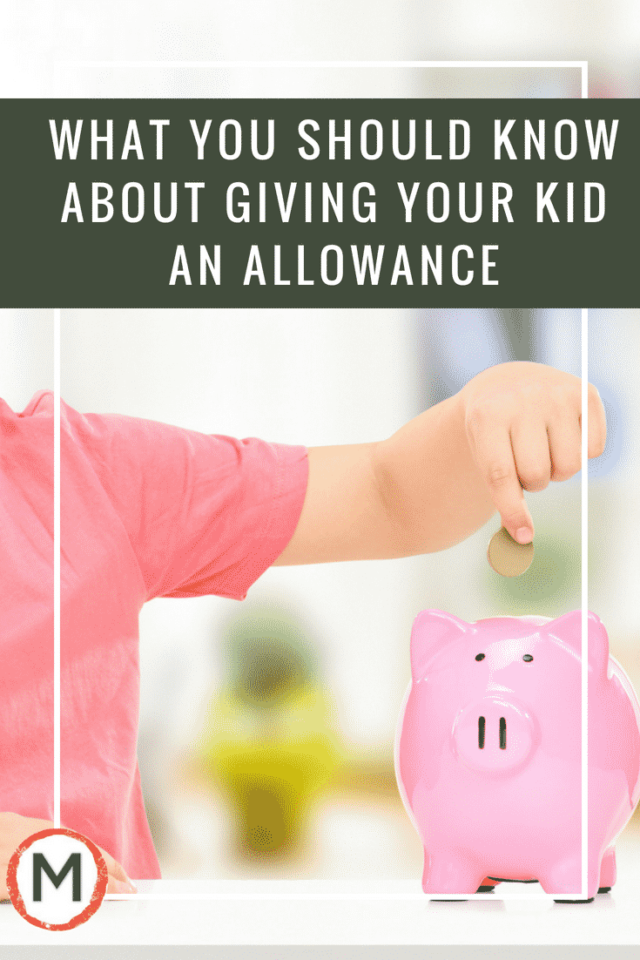What You Should Know About Giving Your Kid An Allowance
As your kids get older, you may want to start giving them more responsibility around the house. Or maybe they’ve been asking for it! I don’t know, some kids might be awesome like that. One of the ways you can help your kids learn the value of hard work and reward is by giving them an allowance. Most kids can understand earning and saving money by age four, so it’s a matter of finding age-appropriate ways for them to earn a little green. But what should kids earn an allowance for doing? You might be surprised by the answer.
If you’ve decided that it’s time for your kids to earn an allowance, that’s a big step! So what are they getting it for?

My own girls are 8 and 4. The oldest actually works (she’s in the entertainment industry) but that money is strictly off-limits. Of course, she wants to have a little pocket change to spend and save. We decided that a weekly allowance would be a great way for her to earn some of her own money. But I don’t believe in rewarding things they should be doing anyway. For example, she doesn’t earn an allowance for cleaning her room, or picking up after herself. Rather, we came up with a list of ways she can earn money for going above and beyond her expected chores, and things she sometimes struggles with, like finishing a long book or being helpful with her sister (without being asked!).
Experts recommend using an allowance for “bonus chores.” In other words, don’t pay your kid to brush their teeth or put their dirty laundry in the hamper (as opposed to on the floor NEXT to the hamper). Everyone’s list will look different, but you might consider big jobs like babysitting or yard work when coming up with ways they can earn money.
RELATED: How to Avoid Raising an Entitled Child
How much should you be paying your kids?
That’s a good question, and again, it really depends on the family! A good rule of thumb is to give $1 a month for every year old. So your 8-year-old will earn $8 a month. Or, you may want to work it on a weekly basis. That’s what we do, because we use a chart to track her progress and earnings, and a month-long chart would be tedious. My oldest earns a weekly allowance based on chores she completes, and I add that money to her savings account at the end of every month. She also has the option of “cashing out” once a month, but not all of it! She’s limited to a 10% cash-out of what she earned that month.
How are you supposed to pay the little darlings?
Consider setting up a 3-jar approach: one for spending, one for saving, and one for giving. They can divide their monthly allowance between the three, so you’re always sure they don’t blow it all at once, and they start to appreciate charitable giving. You could also set up savings accounts in your kids’ names, like I do. It’s easy to track, easy to transfer from your own bank accounts, and they can’t bust it open and run for the ice cream truck when you’re not looking.
The bottom line is, kids are never too young to learn about smart money management. And really, they could stand to learn that nothing in life is free! These lessons will serve them well as they leave cushy childhood and get slapped in the face by adulthood.
(Image: iStock / Ljupco)





